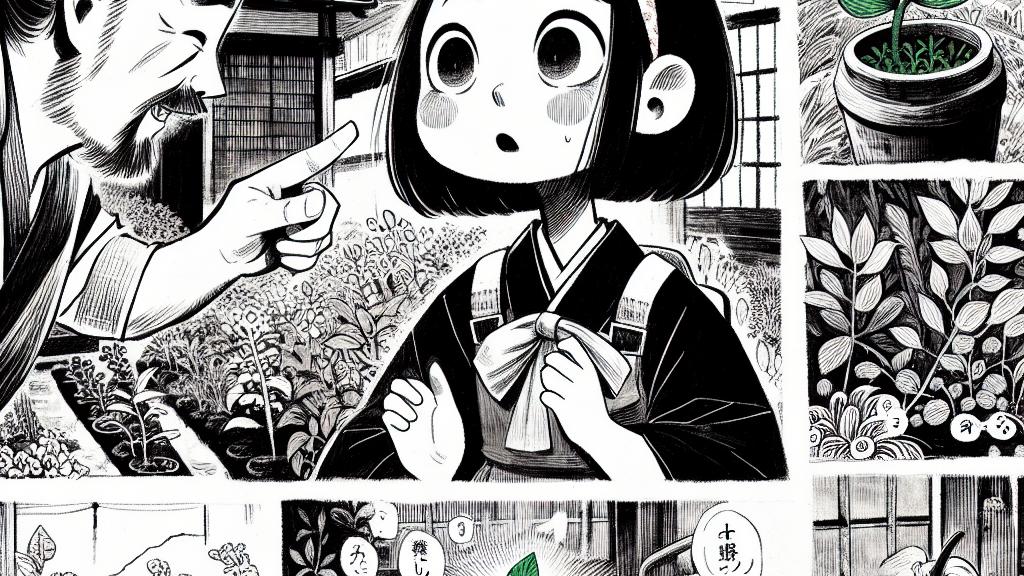Exploring Edible Plants: A Kid's Inquiry into Nature
Overview
- A young adventurer discovers the thrill of foraging for edible plants.
- Identifying safe versus toxic plants is absolutely crucial for safety.
- Engaging resources and hands-on experiences enrich the foraging journey.

A Whimsical Encounter
On a vibrant afternoon in Japan, a curious elementary school girl found herself amidst nature’s treasures. As she strolled through her neighborhood, an enthusiastic stranger pointed to a leafy green and said, "This leaf is safe to eat; give it a try!" Filled with wonder but also a touch of hesitation, the girl was left to ponder: Is this a culinary adventure or a potential disaster? Her mixed emotions beautifully illustrate a vital lesson for all young explorers: while curiosity compels us to engage with our environment, the wisdom to discern edible plants from poisonous ones is paramount.
Diving into the World of Research
To alleviate her fears, a dedicated librarian sprang into action, ready to educate. Together, they explored colorful books brimming with illustrations of various edible plants. Among the treasures, they discovered 'エゾノギシギシ' (Ezo no Gishigishi), a lush green plant celebrated in various cuisines. The librarian shared that while dandelion greens can invigorate salads, the same plant’s flowers can be transformed into delightful wines. Such examples captivated the child’s imagination, turning learning into a delightful journey. Utilizing reputable sources like databases listing toxic plants helped solidify their understanding and made the distinction clear—educating oneself is the best way to prevent misadventures.
The Joy of Foraging Adventures
Venturing into the world of foraging is likened to embarking on an epic treasure hunt, filled with knowledge and excitement. Envision this: families walking through lush fields, gathering ripe blackberries while keeping an eye out for the thorny branches that pose a risk. Using plant identification guides, they can transform each outing into a thrilling expedition, teaching children how to distinguish between safe delights and dangerous lookalikes. For instance, while eagerly harvesting nettles for a nutritious soup, one must also stay vigilant to avoid the deceptive allure of poison ivy. Sharing meals made from freshly collected herbs not only nurtures a connection with nature but instills a sense of responsibility toward the environment. The simple act of foraging nurtures collaboration, curiosity, and a deeper appreciation for the richness of the natural world.

Loading...